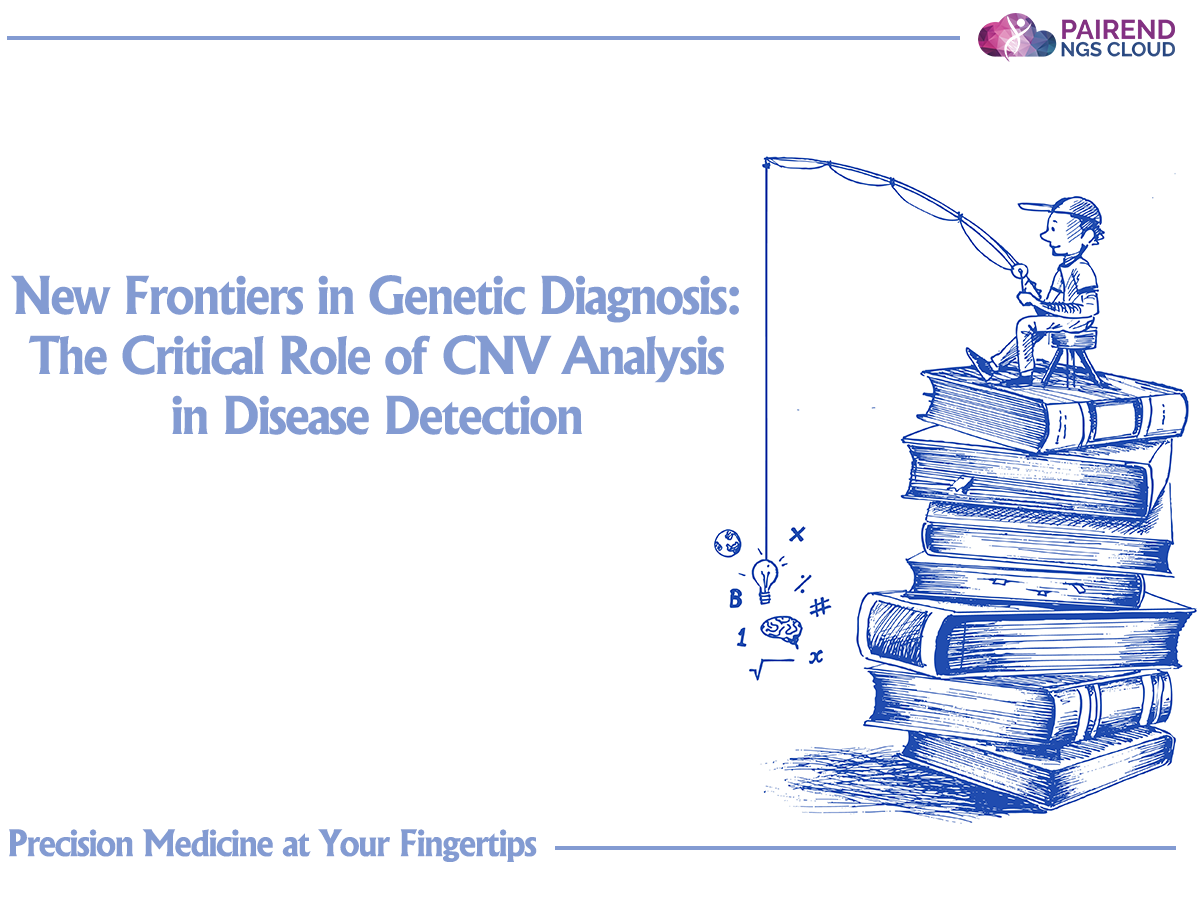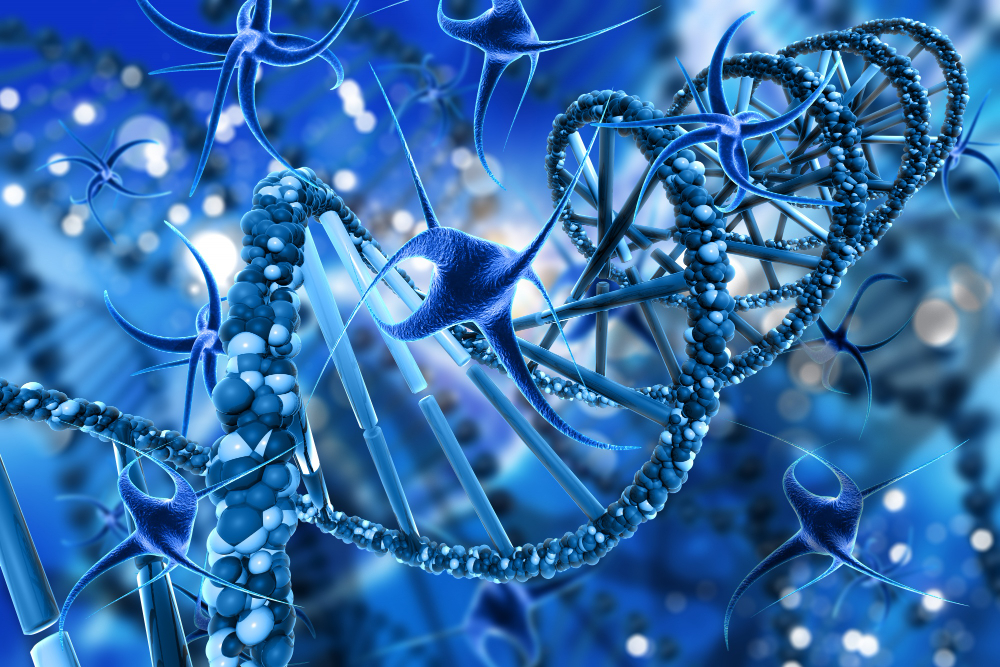
New Frontiers in Genetic Diagnosis: The Critical Role of CNV Analysis in Disease Detection
The Role of CNVs in the Evolution of Genetic Diagnostics
Recent advances in molecular genetics have transformed the diagnosis of hereditary diseases. At the heart of this transformation lies Copy Number Variations (CNVs)—structural changes in the genome involving deletions or duplications of DNA segments. Especially in patients with unexplained clinical phenotypes, CNV analysis offers vital diagnostic insight.
Mechanisms and Biological Significance of CNVs
CNV Definition
CNVs typically range from 1 kb to several Mb and affect the dosage of specific genomic regions. These alterations can disrupt gene function or regulation.
Mechanisms of CNV Formation
- Unequal crossing-over during meiosis
- DNA replication errors
- Retrotransposon activity introducing insertions
Techniques for CNV Detection
a. Array-CGH (Comparative Genomic Hybridization)
Enables genome-wide detection of deletions and duplications.
b. SNP Array
Detects both SNPs and CNVs across the genome.
c. Next-Generation Sequencing (NGS)
Identifies CNVs through read-depth analysis, paired-end mapping, and split-read alignment.
d. qPCR & MLPA
Used for the validation of CNVs in targeted regions.
Clinical Correlations Between CNVs and Genetic Disorders
a. Neurodevelopmental Disorders
- Autism Spectrum Disorder
- Intellectual Disability
- Schizophrenia
- Epilepsy
Significant CNV hotspots: 16p11.2, 15q11.2
b. Syndromic Disorders
- DiGeorge Syndrome (22q11.2 deletion)
- Williams-Beuren Syndrome (7q11.23 deletion)
- Prader-Willi / Angelman Syndromes (15q11–q13 variations)
c. Cancer
- HER2 amplification (breast cancer)
- TP53 deletions (solid tumors)
Somatic CNVs play a role in disrupting tumor suppressor and oncogene balance.
Clinical Applications
Prenatal Diagnosis
- Fetal CNVs can be detected through non-invasive prenatal testing (NIPT).
Postnatal Diagnosis
- Developmental delay
- Congenital anomalies
- Dysmorphic features
Pharmacogenetics
- CNVs in drug metabolism genes like CYP2D6 influence therapeutic efficacy.
Challenges in CNV Interpretation
Pathogenic or benign?
Evaluation based on CNV size, genomic location, and gene content.
Supportive databases:
ClinVar, DECIPHER, DGV, ISCA
ACMG Guidelines:
CNVs are categorized as pathogenic, likely pathogenic, VUS, likely benign, or benign.
Conclusion
CNV analysis has become a powerful tool in the clinical genetics toolkit. In many cases where traditional genetic tests fail to yield results, CNV testing provides critical diagnostic clarity. As sequencing technologies continue to evolve, CNV analysis is becoming a standard component of routine clinical diagnostics.



